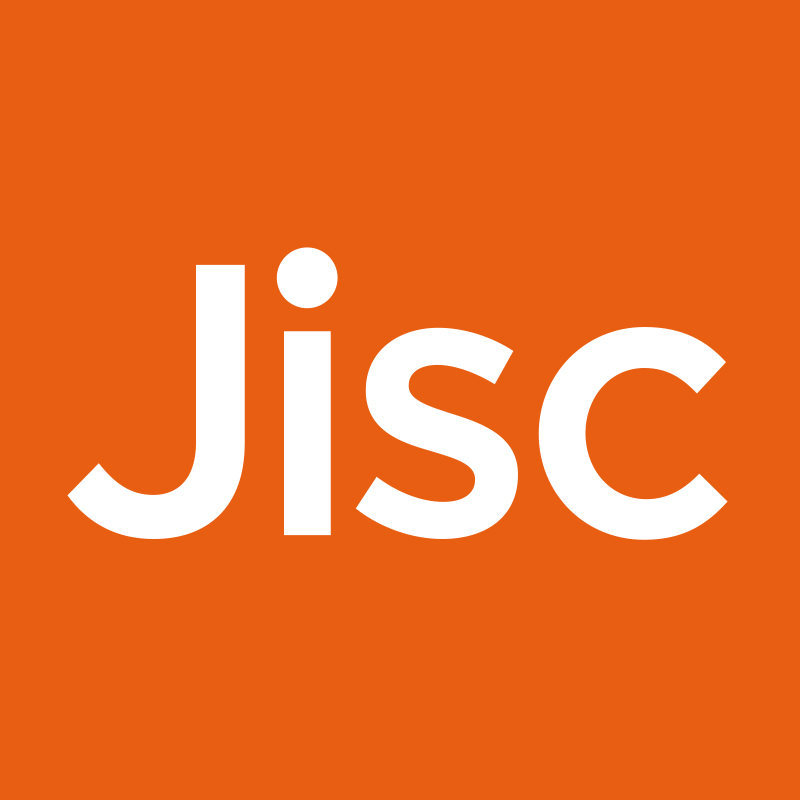At a digital archival collections advisory (DAC) group meeting earlier this month, we discussed the increasing need for higher education libraries to purchase DACs which are more relevant to teaching, especially as most teaching has now moved online. Academics on some arts and humanities courses are increasingly using primary source archives to teach, often with final year undergraduates and with postgraduate students. We have gathered some evidence for this emerging trend in the case studies in our guide: making your digital collections easier to discover.
DACs, by their nature, tend to be focused on researchers and mostly constitute large bodies of digitised content. A definition of what we mean by DACs can be found in this blog post about our new guide: Purchasing Digital Archives. The question is, how can we define modular DACs so that publishers might be able to respond to the requirement to make their collections modular and packaged for teaching? Is it possible that parts of a collection could be packaged with a wrapper of explanatory content? Can publishers create curated subsets of content focused on an academically defined theme?
There are questions about how licensing might be handled for a packaged part of a larger DAC. There would be considerable work in licensing parts of a collection, each with individual requirements for the theme in question.
So, this is the question we are going to work on: what do modular DACs look like and how do they work? Once we have started to gain some answers, they will initially be shared here.
